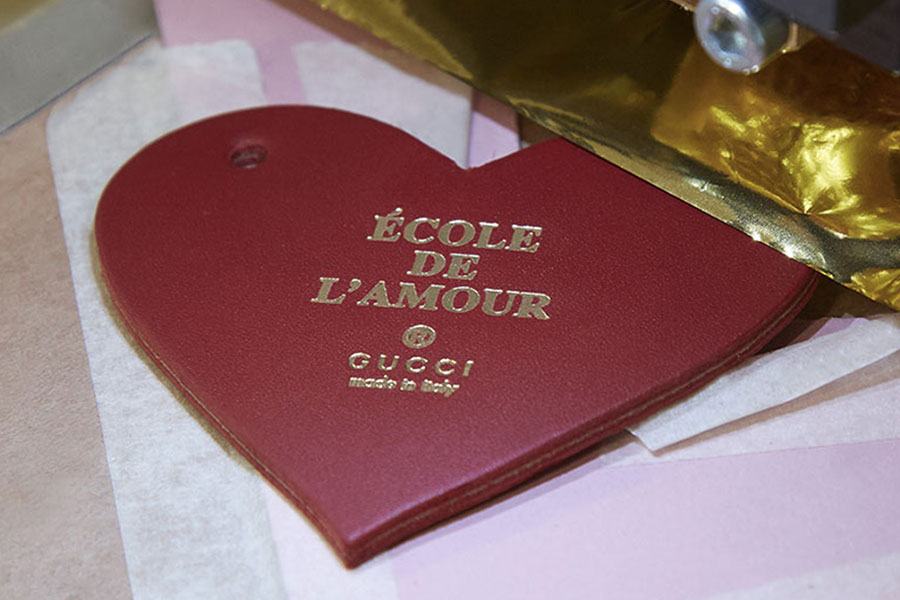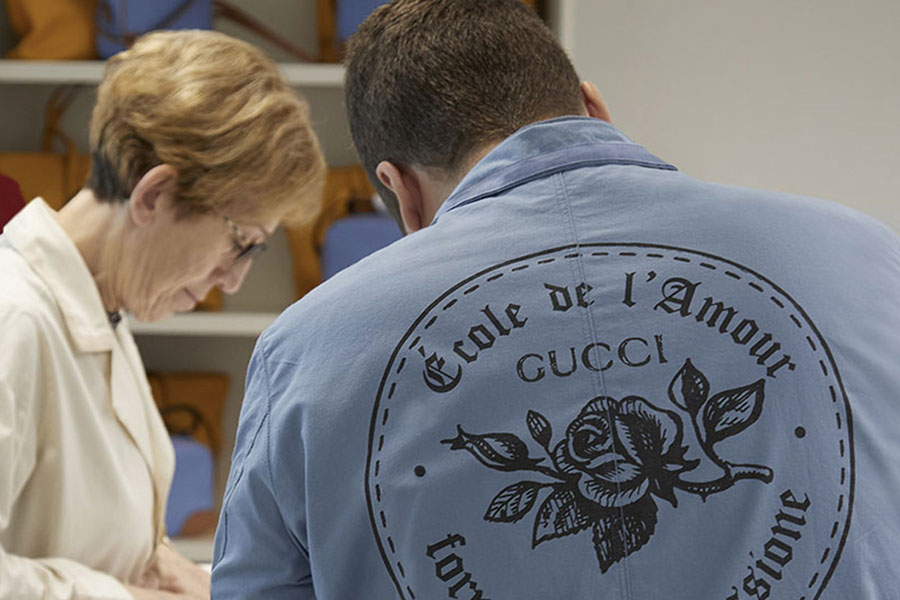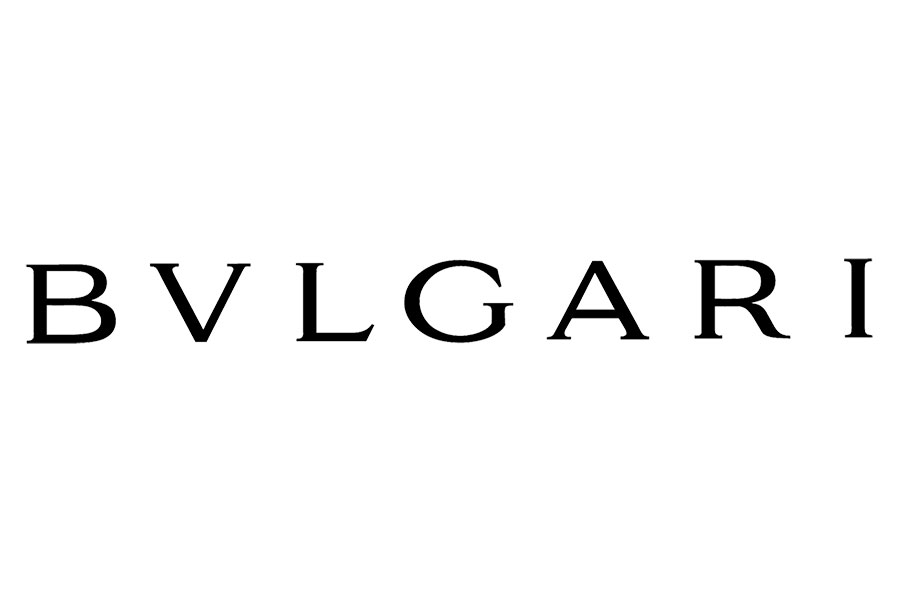What is it about high-end brands like Louis Vuitton, Cartier and Hermès that make us wait for years on end for a new handbag, watch or masterpiece? Why is Rolex more desirable than Swatch, or Armani than Abercrombie?
If you want to create a successful luxury brand like Chanel or Dior, first you need to know what it is about luxury that is so evocative in the first place.
Defining a Luxury Brand
Let’s start with what a luxury brand is. Luxury brands are those that, in their customer’s mind, are associated with a high level of quality, aesthetics, exclusivity and price.
Premium brands don’t cater to needs nor do they offer solutions to problems. They create dreams and offer nonessential goods that are made desirable.
What Makes Luxury Brands Different
Creating a strong luxury brand identity is not only about a fancy logo, an intriguing color palette or an impeccable design. It’s about creating and communicating its symbolic value to a specific segment of customers.
Luxury brands and traditional brands operate on two very different levels. What makes premium brands different is that they connect with their audience on an emotional level, to elicit purchases that escape rational decision-making. Luxury brands don’t seek to be liked by everybody. Instead, they aim to educate in taste, which is why they surprise their customers with products they were not expecting.
The 6 most essential steps for creating a strong, successful luxury brand:
1. CELEBRATION OF TRUE CRAFTSMANSHIP
Whether it’s Bentley hand stitching the interior fabrics of their cars or Gucci’s impeccable crafting knowledge passed down through generations, one key element of luxury brands is that craftsmanship is essential to their story.
Today, true luxury is the combination of the finest quality materials and the highest standards of handcrafting. Luxury brands focus on a higher level of artistry and durability that sets them apart from mainstream brands, following a process that resists automation.
Celebrating the process as well as the product is an important reason why customers accept paying more for luxury goods.


2. A RICH HERITAGE
Heritage taps into powerful emotions such as stability and a sense of belonging. Luxury brands use their heritage story to leverage their perception of exclusivity and finest quality.
There are different ways to tap into heritage: Some high-end brands create a sense of nostalgia for the “good old days” to emphasize on the idea of craftsmanship and artistry. Others, through the stories of their remarkable founders (like Coco Chanel or Salvatore Ferragamo) or revolve around the roots of their national sense of self (like Bulgari, which references Ancient Rome in their logo typeface).

3. OFFER A FLAWLESS BRAND EXPERIENCE
Luxury isn’t just about the product, it’s about the whole experience. Your brand should demonstrate refinement at each point of contact with your customer, from product packaging to the knowledge of your retail sales staff.
Because premium brands rely on a stronger connection with their customers, they need to create and offer a memorable brand experience as part of their brand. VIP events, access to limited editions or invitation-only pre-launches… make sure you design for exclusive experiences that elicit respect, attention and appeal.
4. THE PERFECT COMBINATION OF EXCLUSIVITY AND RARITY
A perception of exclusivity is one of the most important elements that helps a brand possess symbolic value.
High-end brands know this very well; which is why they ration their goods and produce limited editions that customers are willing to wait years for. Strive to create exclusivity through premium quality, high prices, low supply and geographical limitations.
Scarcity and exclusivity are some of the most powerful marketing tools available, and can be used wisely and strategically when creating a luxury brand.
5. A GOOD STORY THAT BECOMES A LEGEND
Luxury brands have stories to tell. Think of the Tiffany box, famous for generating excitement worldwide. These are the emotional connections that high-end brands seek to engage in with their customers, and they do so through storytelling by reflecting their dreams, aspirations and needs to be seen and recognised.
The heightened identity luxury brands are known for captures all of its elements: its promise, its unique personality, its premium products and its impeccable brand experience.
6. EDORSEMENT BY PUBLIC FIGURES
Public figures help high-end brands with their brand positioning, drawing attention, credibility and intrigue.
Sometimes it’s the very founders who play an important role in communicating their brands through their personalities, like Donatella Versace or Vivienne Westwood. Other luxury brands select specific public figures, ranging from film stars (Charlize Theron for Dior), to designers, athletes (Roger Federer for Rolex) and musicians (Harry Styles for Gucci) to represent their values and create mystique.
Creating a successful premium brand in the current modern landscape may seem daunting.
At Noland, we help luxury brands become the best in their class.Contact us today for information on how we can help you get there.